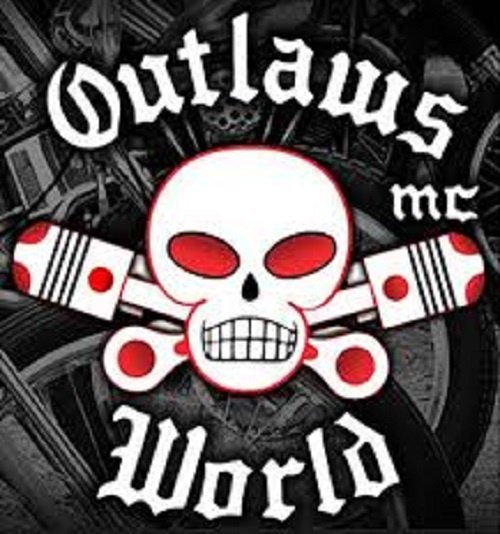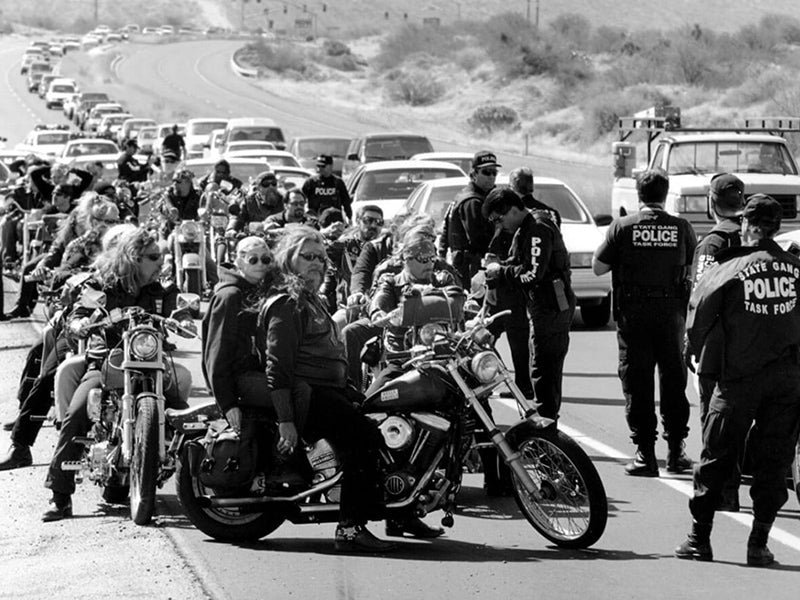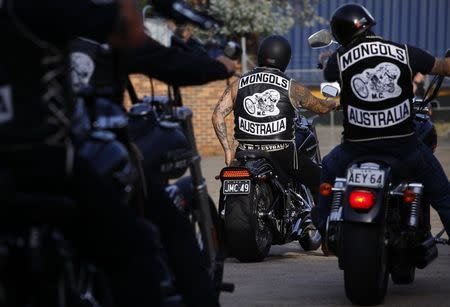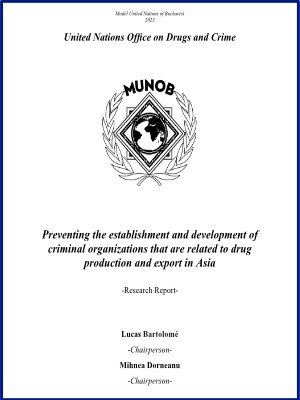By Mark Galeotti
Time of Troubles is the first comprehensive assessment of the impact of the Ukraine war on the Russian underworld. The war’s human and economic costs, along with the political retrenchment of a regime under growing pressure, are all transforming illegal markets and organized crime in Russia with potentially destabilizing effects. The annexation of Crimea in 2014 and the subsequent undeclared conflict in the Donbas region had already begun to reshape the Russian underworld. The 2022 invasion of Ukraine, however, brought dramatic changes. An almost complete split between Ukrainian and Russian criminal groups has had a significant negative impact, not least because of their dominance over transnational narcotics flows. At the same time, new opportunities to smuggle sanctioned luxury goods for the rich and critical components for the defence–industrial complex have enriched and elevated other gangs, especially those able to exploit and control routes through Belarus, Armenia and Central Asia. All this is putting pressure on the underworld status quo – and the state’s capacity to manage and maintain it – and even reshaping the relationship between Russian criminal networks and their partners and subsidiaries abroad. Even when the war does end, some form of sanctions or trade and investment controls will almost certainly remain in place. The Kremlin will find it difficult to integrate large numbers of traumatized, impoverished and disillusioned veterans, many of whom risk drifting into organized and disorganized crime. Condemned to pariah status and looking for alternative ways to support itself, the state may turn its existing ad hoc relations with the underworld into something much more focused and institutionalized, creating new dangers for its neighbours and the global order as a whole. The stakes could hardly be higher.
Geneva, SWIT: Global Initiative Against Transnational Organized Crime. 2023. 72p.





















